EMOTION IS FUNDAMENTAL TO LIGHTING
My lighting work has always been inspired by the interaction and sensuality of light and darkness with equal importance. The romance and sensuality of light, particularly as it interacts with materials, be they shiny, glittery, textured or diffuse. The darkness adds richness and mystery.
Our lighting approach is influenced by Japanese aesthetics and the qualities of Nordic light to create interior and exterior spaces with strong physiological effect, where soft light contrasting with dim light create intimacy, homeliness and ease. Light is often associated with the Danish word hygge which during the long winter nights, scattered pools of light, wood fires and candle light flickering create havens for reading, socializing and relaxing.
“If the surface does not speak too loud, then people will begin to think about themselves. They bring the meaning to the space” Seven interviews with Tadao Ando 2002 p.78
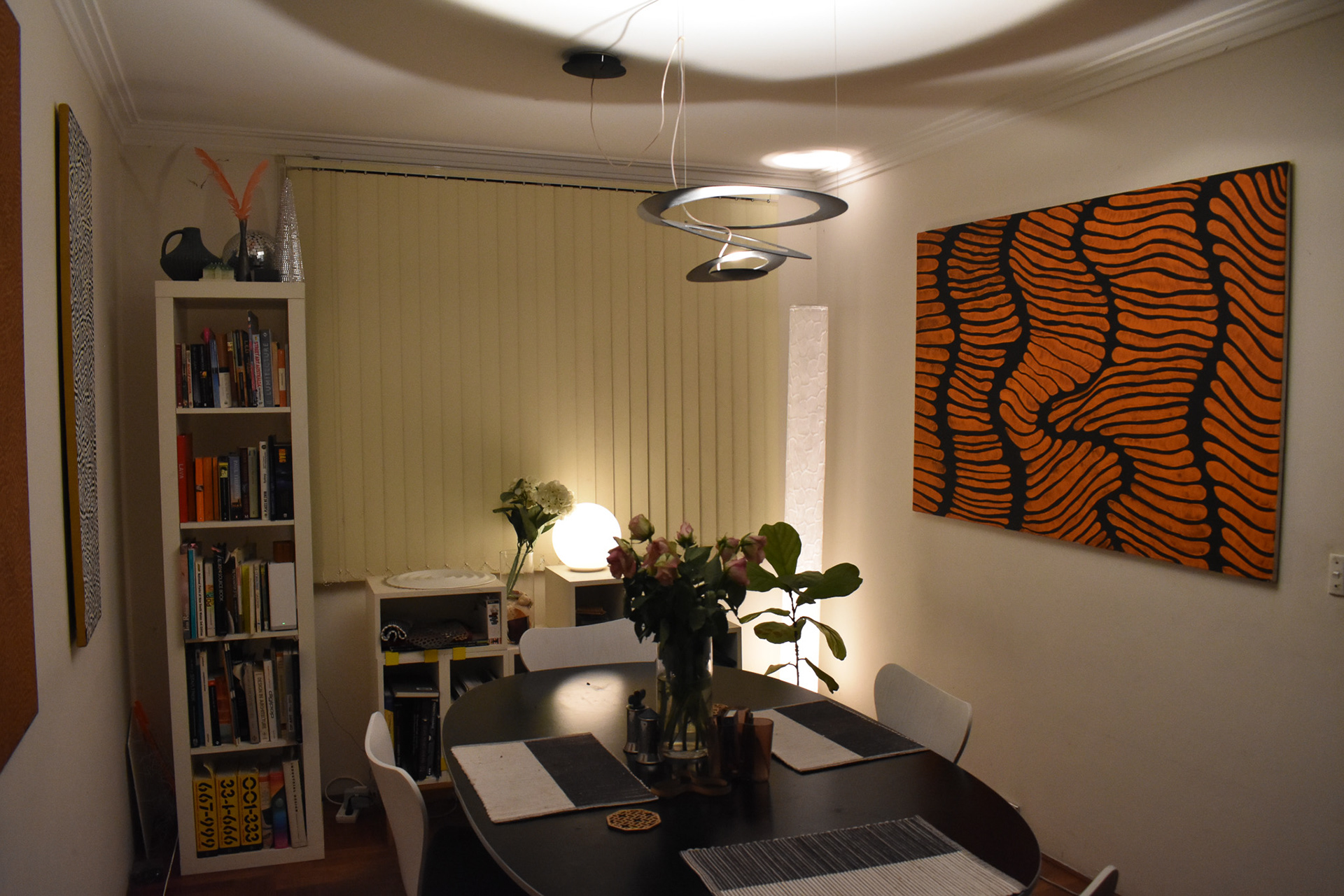

OBJECT VERSE EXPERIENCE
Whatever the combination of lighting effects, objects, moods etc. the lighting should enhance and optimize the experience of the people who use the space.
Lighting can be used to create particular moods or experiences. Sometimes, the actual light fitting itself is more important that the lighting effect. The light fitting itself can become a sculptural object in space.
MOOD LIGHTING
MOOD LIGHTING - is important in hospitality, restaurant, domestic lounge room, reading room, bedrooms, BBQ areas & outdoor dining it uses warmer colour temperatures. If the role of the lighting is to create mood or an artistic effect of some type, the lighting approach is different based on theatrical ideas and comfort of diffusion. The result should be a based on qualitative ideas & quality finish, details & light.
“Light has not just intensity, but also a vibration, which is capable of roughening a smooth material, of giving a three-dimensional quality to a flat surface.” Renzo Piano. Space Detail Light 2021 P.6

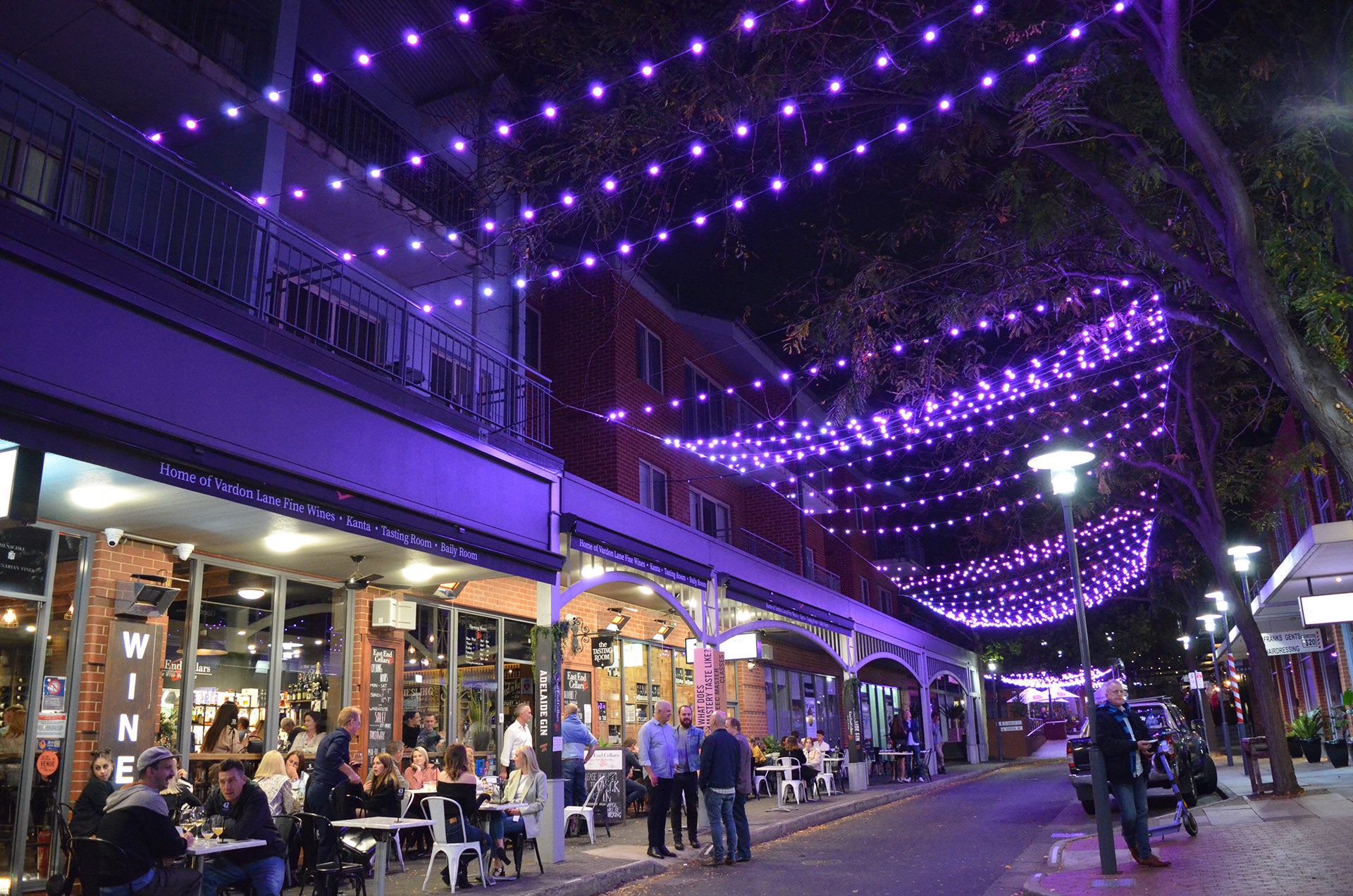
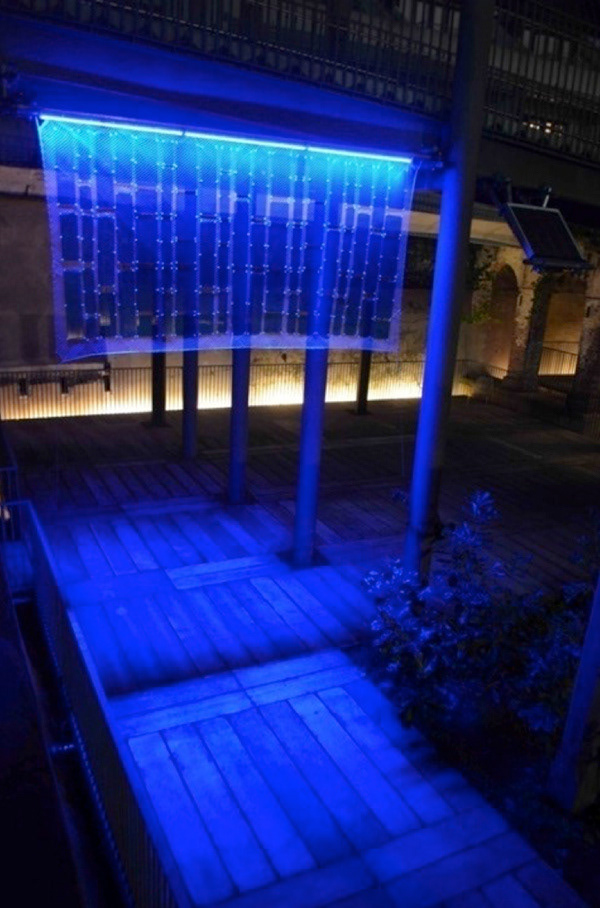
LIGHT MEDIATION
Light fittings evolved to enhance & amplify the light using techniques for Optical control & mediation of the light source. Light uses types of techniques. Transmission allowing light to pass Reflection bouncing light back or Obstruction which blocks light reflecting it & let some through. These can be defined as.
DIFFUSION - Works on the same principle as refraction, however instead of being transparent; the transmitting material has a translucent appearance due to the presence of particles within the material itself.
OBSTRUCTION - The tradition of Islamic screens which mediate natural light by geometric cut outs in walls is an example of masking. It is no coincidence that these screens appear in areas of the world with bright daylight. The light itself is sunlight so no other mediation is needed to make it acceptable to the eye.
REFRACTION - Isaac Newton's seminal book on light, Opticks (A Treatise of the Reflexions, Refractions, Inflexions and Colours of Light) 1704 discussed how the nature of the refraction of light, where light changes direction when travelling through air and entering a glass material of prisms and lenses alternatively faceted Icelandic crystals distribute and scattering light.
REFLECTION - Historically, reflection was frequently used to amplify the light of candles. This only became possible when large high-quality mirrors & shiny metal surfaces became possible around Renaissance times.
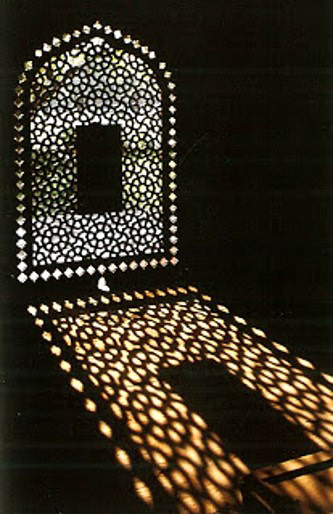
OBTRUCTION

DIFFUSION
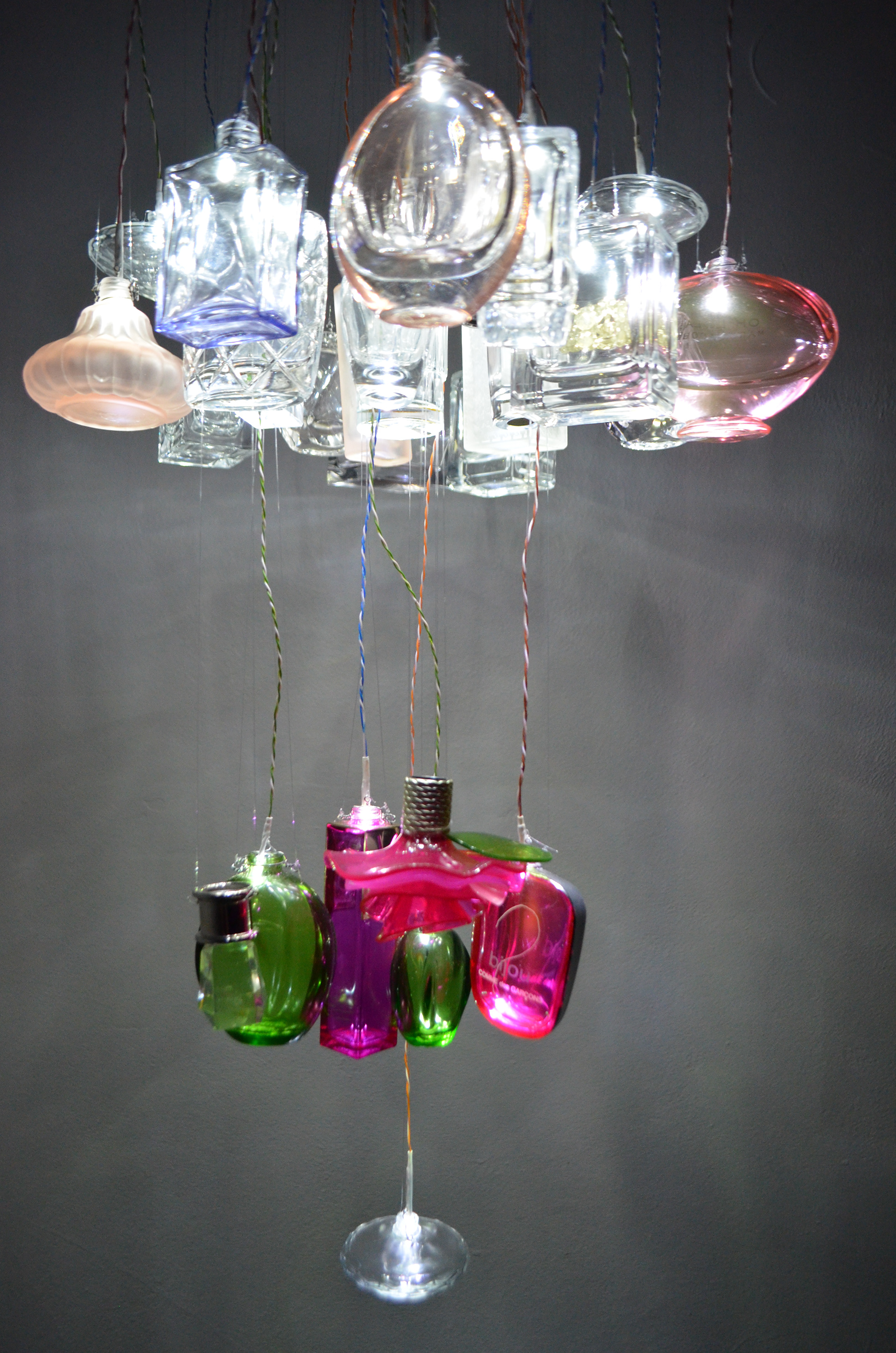
REFRACTION
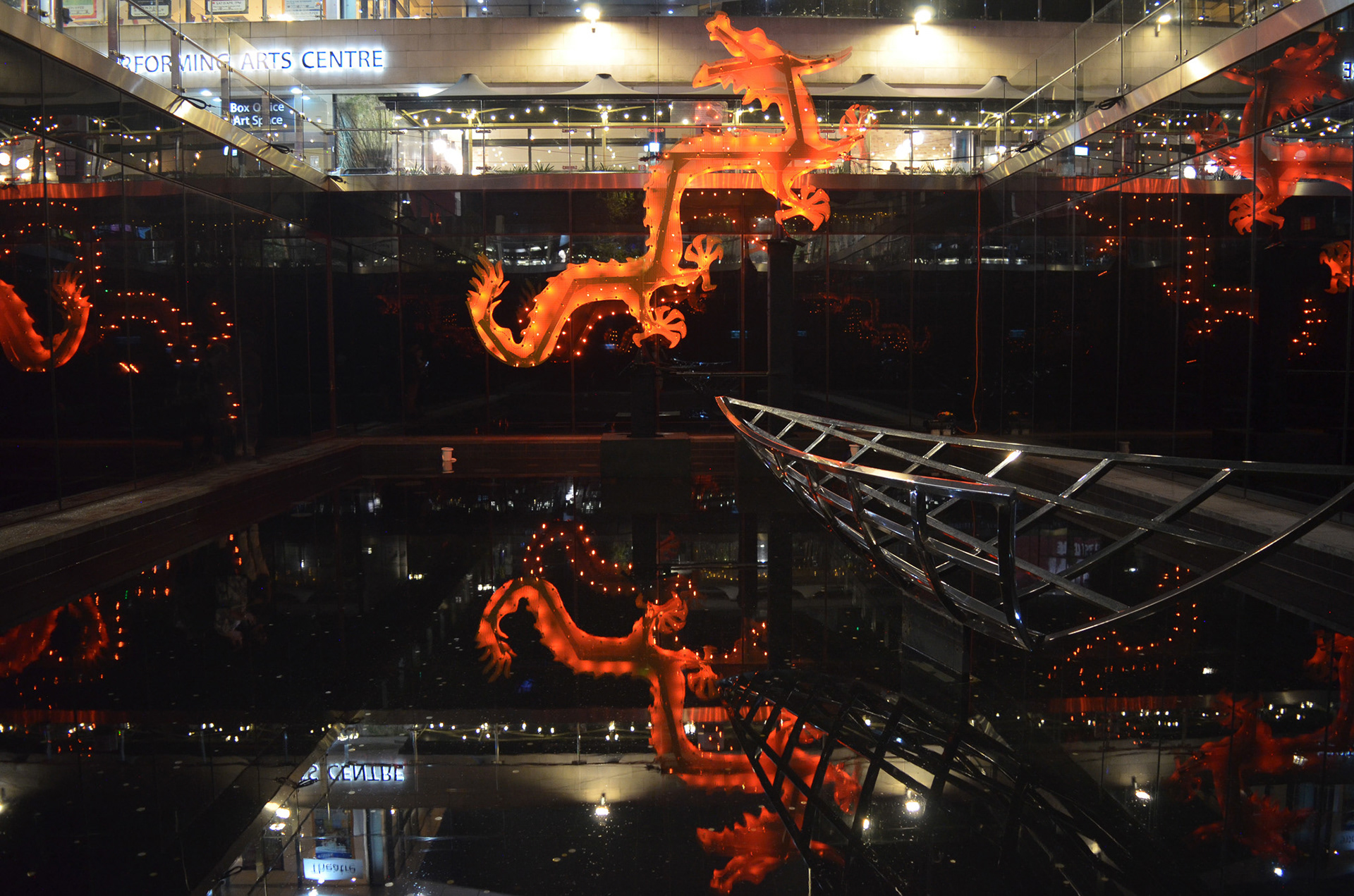
REFLECTION
PERCEPTIONS OF SPACE AND LIGHTING THE VERTICALS AND HORIZONTAL PLANES.
Utilizing layers of light, we build on the character and essence of place, landscape and architecture to welcome people into spaces, and provides opportunities for interaction and involvement.

FUNTIONAL LIGHTING
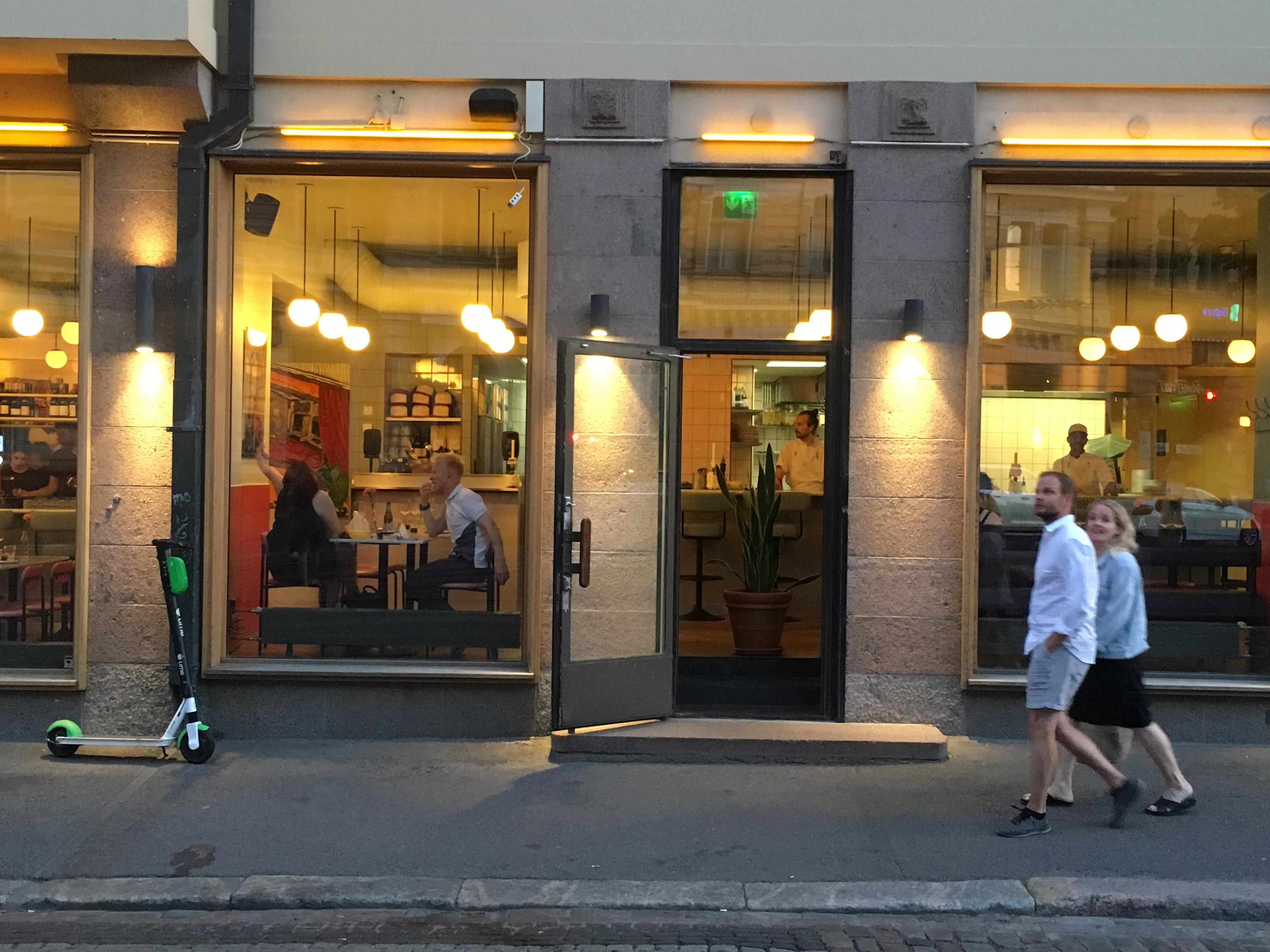
ACCENT LIGHTING
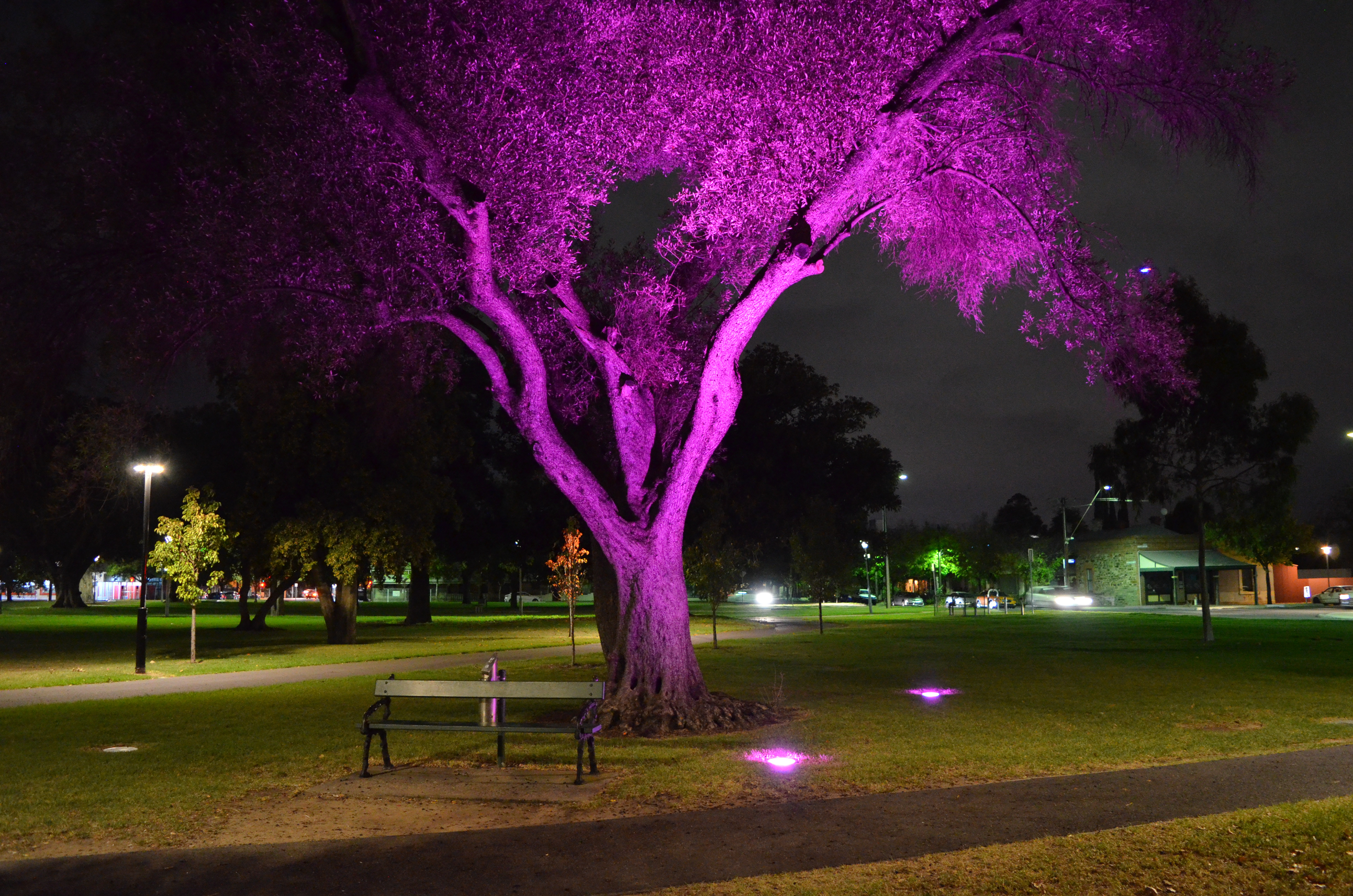
ACCENT LIGHTING

CREATIVE LIGHTING
TASK LIGHTING - Usually uses cool light. If the primary role of the light is task based, then it is generally guided by a more quantitative approach using standards and other metrics.
FUNCTIONAL LIGHTING complements pathways in and out of spaces, places and landscape. Helping to create patterns of flowing light on the horizontal to help direct you through the space.
DIRECT LIGHTING Is provided to the task plane, places of work and activities only, e.g. study, kitchen top, table. The use of directional light also to accentuate art features in the house and to give the spaces a focal point.
ACCENT LIGHTING and lighting the object seeks to reinforce the character and enhances and identify for nighttime legibility and experience of wayfinding the spaces. Strategically placed colored differentiation on gateways can draw people into spaces through distinctive entries and interesting pedestrian links, emphasizing key locations. The sme in interiors where pools of light accent the direction and where you want to go and also create a ambient effect.
CREATIVE LIGHTING that celebrates the culture and essence of spaces will contribute to an enlivened atmosphere after dark, supporting events and establishing the precinct as a destination within the City. New innovation is providing interesting possibilities for using light. Interior spaces can be disrupted and played with by careful, composition of light art and bespoke lighting. Light art and non-functional architectural light installations in interior fit outs.
“Light belongs to the heart and spirit. Light attracts people, it shows the way, and when we see it in the distance, we follow it.” archeye Ricardo Legorreta 2022
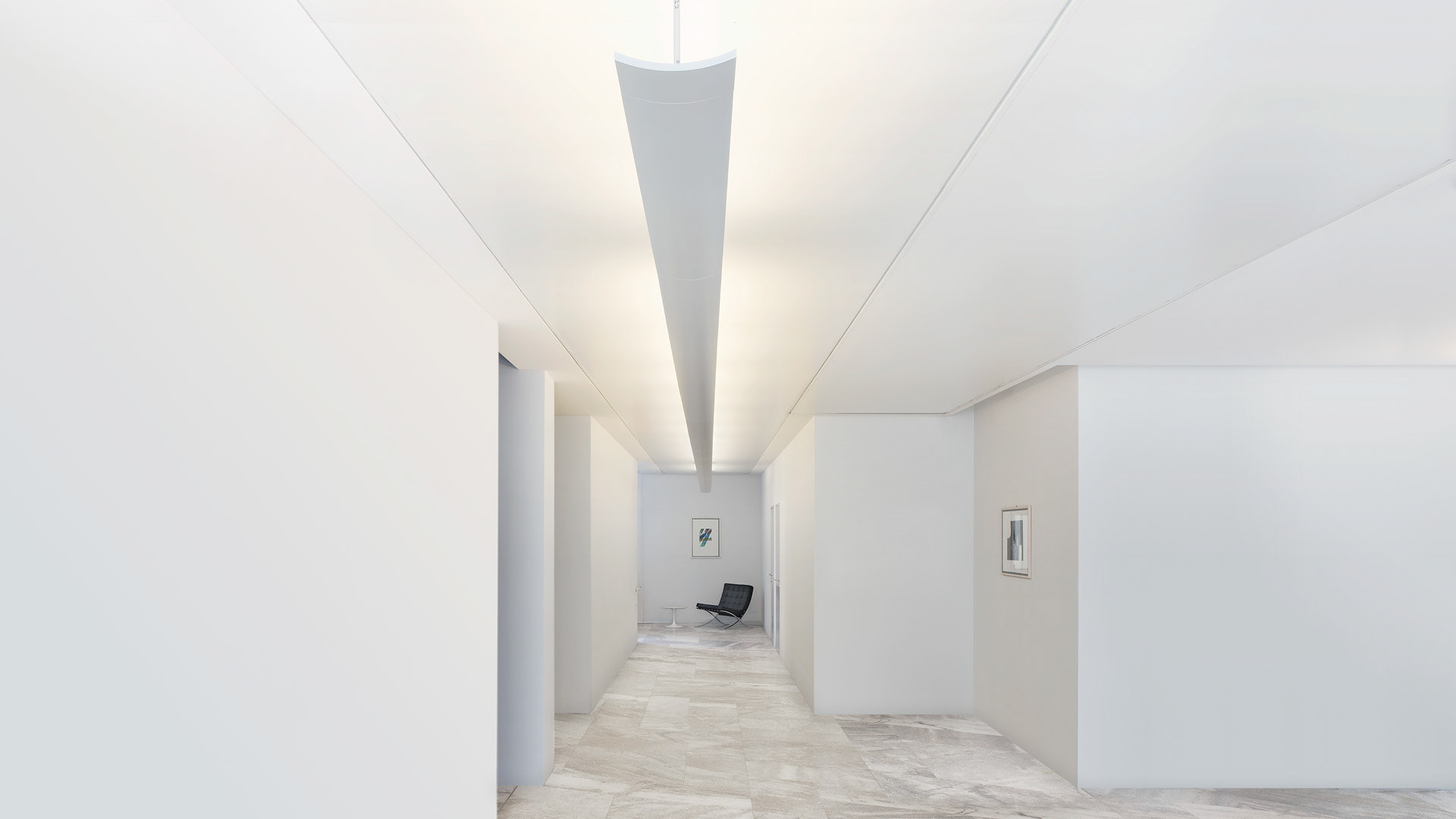


LIGHTING CONTROL SYSTEM
All lighting to be on a centralized “smart” lighting control system Dynalite or similar. System to cover all spaces inclusive of all services rooms. The smart system should include wall switches for dimming up and down and changing the scenes for control of emotion and mood or task in the space. Movement activated daylight sensor controlled lighting at car parks entry and arrival points. Movement activated lighting in all service areas. Daylight sensor controlled lighting for the landscape so some light is on every night (including when you are away) for security – giving a lived in look.
CIRCADIAN RHYTHMS
BREATHING LIGHT INTO SPACES. Daylight Changes colour during the day from dawn, middle of the Day and dusk light which changes colour. Light can relate to tasks but also architecture needs to have an element of change in it to relate to nature.
“A room is not a room without natural light. We are born of light. The seasons are felt through light. We only know the world as it is evoked by light,"' Light is the theme Louis I Kahn and the Kimbell Art Museum, Johnson & Kahn, 1975
